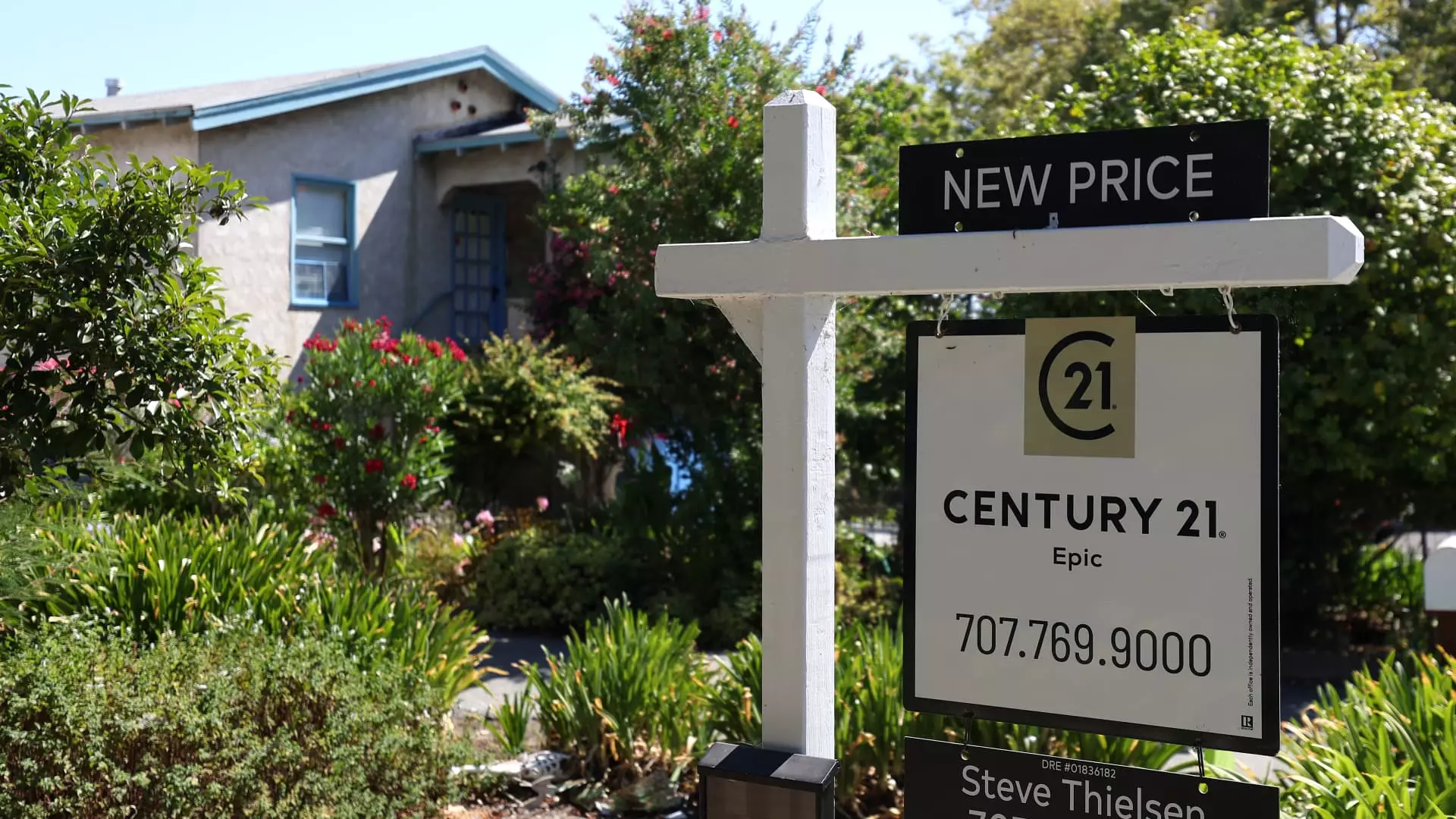For years, the housing market has been fueled by an illusion—one that promised never-ending appreciation and unassailable prosperity. However, recent data exposes the fragility of this narrative. The accelerated rise in home prices has become unsustainable, creating a distorted perception of stability that ultimately crumbles under economic realities. The current slowdown is a stark reminder that markets built on overinflated valuations and exaggerated demands are inherently unstable and prone to dramatic corrections. As prices stagnate or decline in many areas, it becomes evident that the previous “hot streak” was a house of cards, propped up by low-interest rates and speculative buyers rather than genuine, sustainable growth.
The Pedestrian Reality of Rising Inventory and Declining Demand
The surge in housing inventory—up nearly 30% compared to last year—paints a disconcerting picture for sellers and investors alike. This rising supply should theoretically make homes more affordable, yet the lingering effects of high mortgage rates and economic uncertainties are tempering buyer enthusiasm. The 30-year fixed-rate mortgage remaining above 6% is a significant barrier, doubling the rates seen during the pandemic’s initial surge. This not only cools demand but also discourages homeowners from entering the market, fearing potential losses or prolonged holding costs. The market’s current stance reveals a critical disconnect: increased supply does not translate seamlessly into more sales or affordability when demand shrinks amidst rising borrowing costs.
The Regional Divide and Its Implications
While the national picture shows signs of correction, regional disparities underscore deeper underlying issues. The Northeast and Midwest continue to enjoy modest gains, while the South and West experience notable softening. The sharpest decline, a staggering 9%, in Cape Coral, Florida, symbolizes the volatility that can afflict markets once viewed as “safe bets.” Cities like Austin and Tampa, traditionally hotbeds of real estate growth, are also seeing prices retreat. This uneven landscape reveals that the previous boom was not uniform or resilient; instead, it was a fragile and geographically skewed phenomenon. Such disparities accentuate the necessity for a more nuanced understanding of regional economic conditions, housing supply dynamics, and local policy impacts.
Rethinking Market Fundamentals and Consumer Confidence
The latest developments demand a reassessment of what has driven the housing market in recent years. Overinflated prices, driven by speculation and a fear of missing out, no longer have the same appeal. As homes stay on the market longer and prices decline, consumer confidence wanes. Potential buyers recognize that the market may have peaked, leading to cautious, more calculated investment decisions. For homeowners, the dilemma is even starker—holding onto properties becomes a gamble, especially with rising mortgage costs and falling valuations. The current environment underscores the importance of a balanced, sustainable approach to housing policy—one that prioritizes affordability, stability, and long-term economic health over short-term gains and hype-driven surges.

